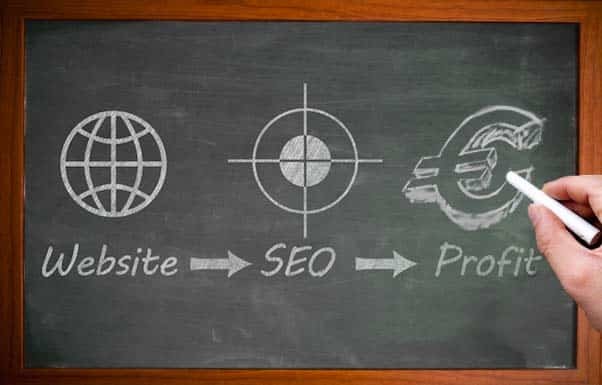Web Design Best Practices To Help SEO
There are many misconceptions that people have regarding search engine optimisation, or SEO. When designing a website it is most important to ensure that it is search engine friendly. In other words, one of the most important factors to think of when designing a website is to ensure that it is designed in a manor that makes it easy for search engines to easily analyse its pages so that they can better determine its pagerank for search results. This article will discuss how Dublin web design can impact SEO for google.ie.

In today’s search engine based web-world, having an S.E.O. friendly website is one of the most important aspects to having a great website that gets noticed. Badly designed websites usually have a long lasting negative impact on the website’s ability to rank well in common search results. For great s.e.o. friendly web design, in Dublin and all over the world, the following guidelines should always help.
Web Design best practices to help SEO
The Websites Structure
A bad website structure will always make it difficult for search engines like google.ie to scan and index its web pages. Well designed websites should never block effective implementation of SEO initiatives. Search Engine friendly site structures should always include, best practices, such as,
- Universal Navigation and Specific Page Navigation – navigation should always include pathways into and out of all website pages
- Website pages should always have headings and subheadings which should be inclosed in (at a minimum) H1 & H2 tags
- Page layouts, Content and Graphical elements should all be created and positioned; relative to their importance
Search Engines are made to value websites that are easily readable by humans. It is important to keep the websites readability (from a human user perspective) in mind. A website that is user friendly; easy to navigate, easy to find information, well oriented with a specific goal will tend to be searh engine friendly too. A general rule of thumb is that if a human visitor finds a website easy to understand and navigate, it will defenitely have traits that a search engine will appreciate too!
Proper use of HTML
HTML or hyper text markup language is the language browsers understand and web designers dream of. The content of a website should be correctly written in some form of HTML and defined in such a way that it follows the conventions of web design. Google sets down many guidlines with regards to search engine optimisation and these guidlines should be followed ridigidly. These guidlines can be found by clicking here. For example, main headings, such as a page title or the start of a paragraph about a particular topic, are suggested to be title tags or H1 tags. Sub headers should then be tagged in descending order of importance in the form of h2, h3, h4 etc.
Search engines read HTML heading tags to understand the importance of the content of the website and individual web pages. The absence of correctly tagged HTML will mean that it is virtually impossible for the search engine to understand which information is important.
Readable URLs (links)
A URL or unique resource locator is the address of a web pages or particular block of information on a web page. Commonly knon as links, these URL’s are important to search engines too. Search engines like URLs that human beings can read and interpret and especially dislike urls that read as one thing but open a completely unrelated page as in a lot of cases, this type of link was often used for bad purposes.
Some examples of SEO unfriendly URLs include:
An example of a bad URL would be
- shadycompany.com/category/article-133?somethingUnreadable
Neither humans nor search engines will find such URLs useful and will downgrade the value of the web page accordingly.
The time it takes for the page to render (load)
Humans don’t like waiting and neither do search engines. If a website takes a long time to load, it is a problem for search engines as it is harder to scan and index. Slow page load times can be caused by many factors but the most common is that there is images that have not been optimised properly. If a webpage has lots of high resolution images this issue is amplified. Other common factors that increase the time it takes to load a page include the number of server requests and the bandwith allocated to the website by the host
Responsiveness (How it looks on phones, tablets & more)
Google has stated that it includes responsiveness of a website in its determination of page rank. This was announced On April 21, 2015 and google was nice enough to give some time to website owners before moving websites down the page rank for non compliance. Google also prove a website checker tool to ensure that your website will pass the Google’s mobile friendly test.
Leave a message and we will be straight back to you!
Social Media
Payments Accepted

Request a Callback
Contact Details
Phone: 01 536 3049
Mobile: (087) 13 77 382
Email: info@arrowdesign.ie
Address:
The Chase, Arkle Rd,
Sandyford, Dublin 18,
D18 Y3X2
